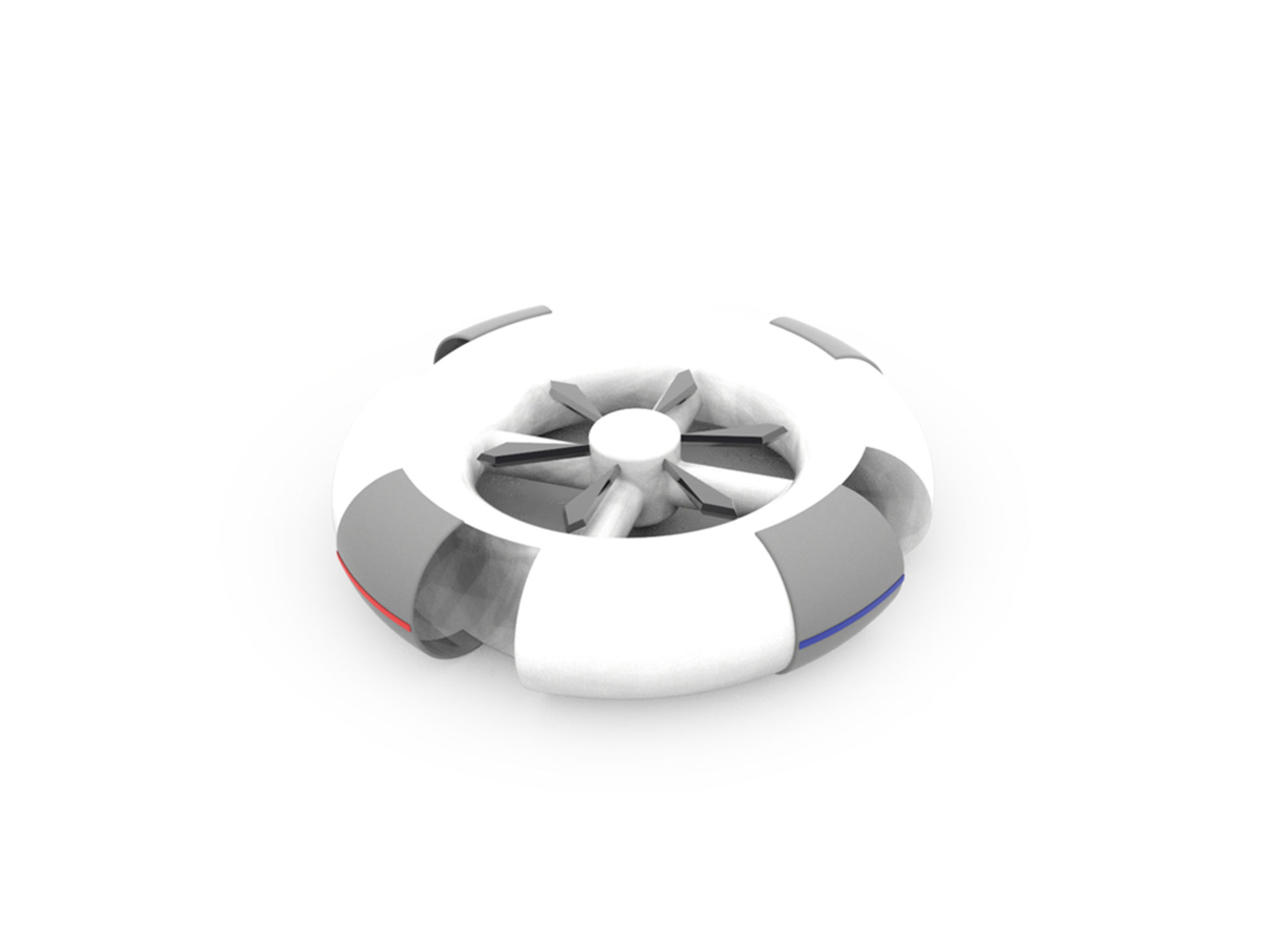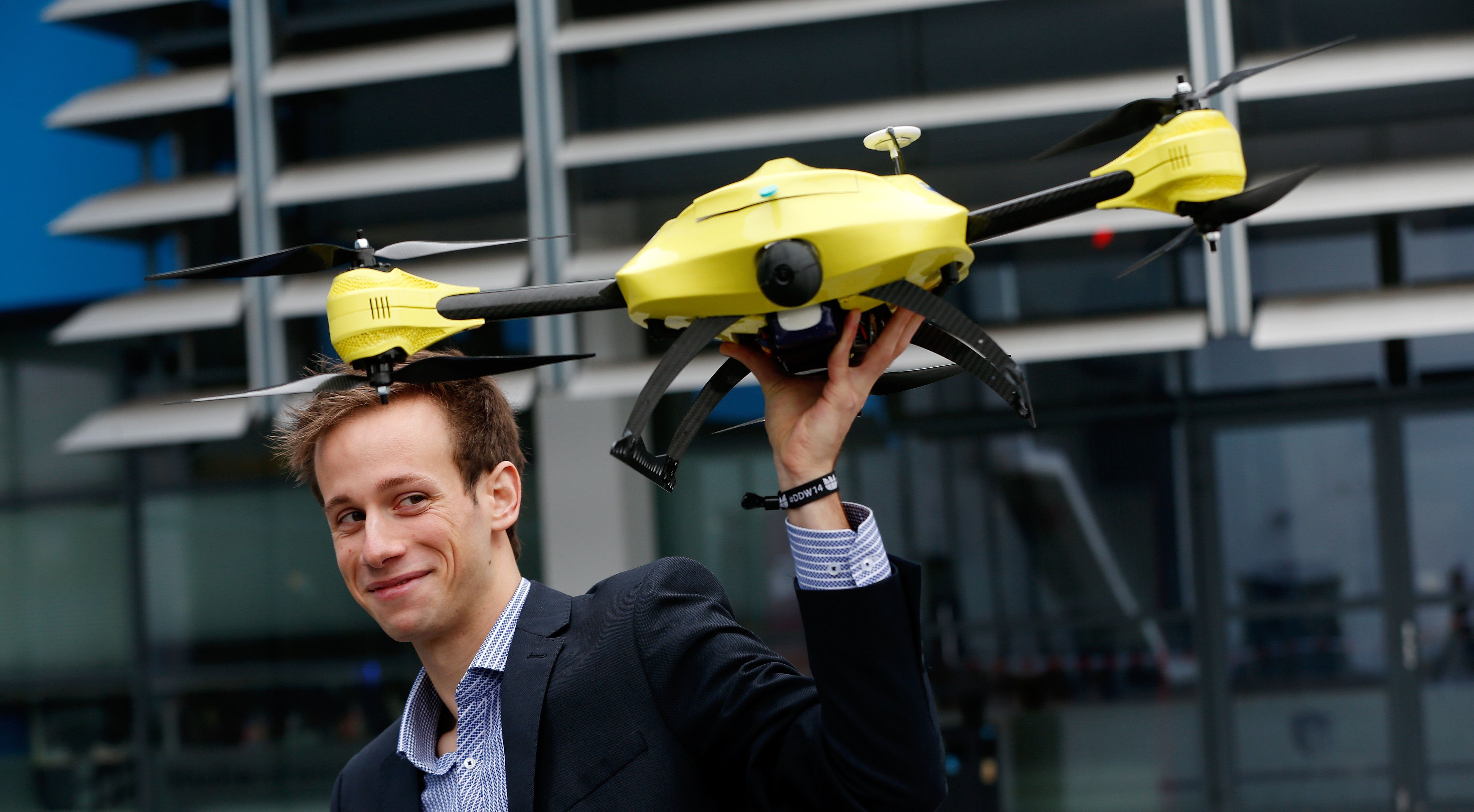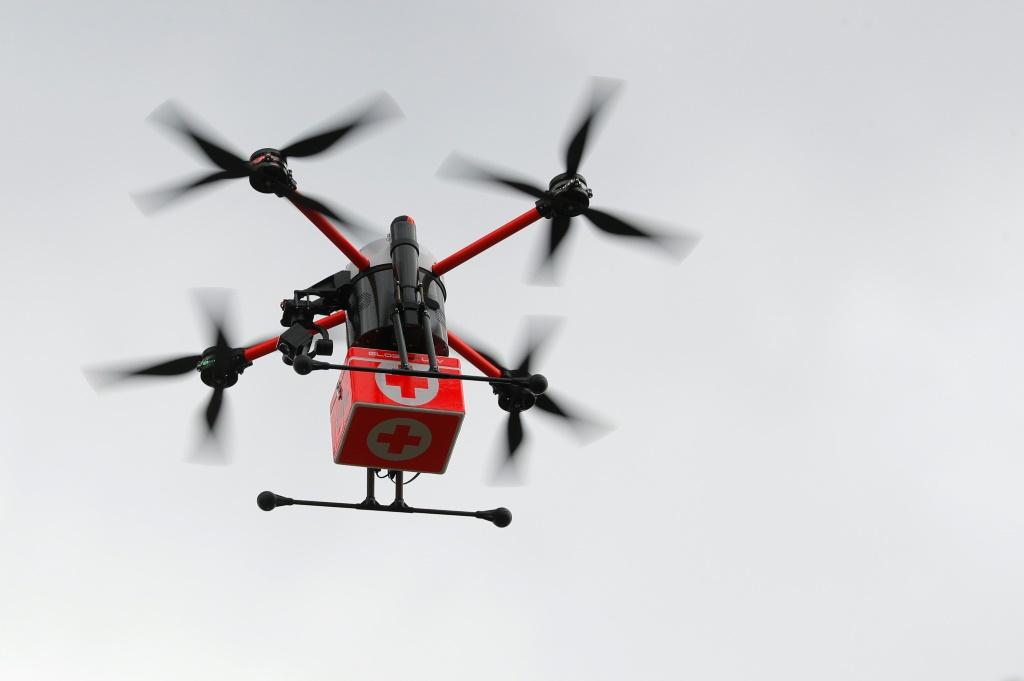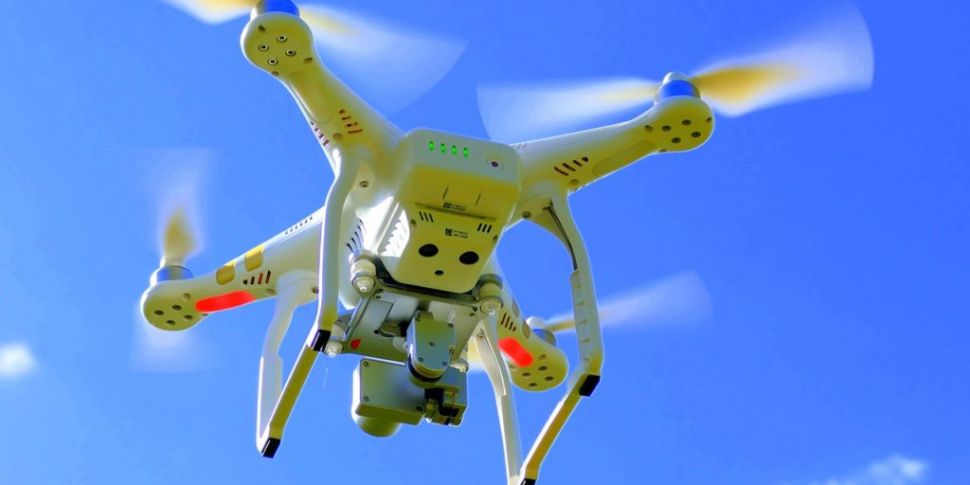

Many of these programs focus on delivering packages of health care products. Since then, the US Department of Transportation has selected 10 state and local governments to test drones as part of the FAA’s Unmanned Aircraft System Integration Pilot Program. This hexacopter, operated by Flirtey, was the first such medical flight sanctioned by the Federal Aviation Administration. On July 17, 2015, a small drone traversed the mountainous land of Wise County and lowered a shipment of medications to a pop-up clinic offered by Remote Area Medical. The opportunities are there, which is why researchers, manufacturers, and nonprofit organizations are starting to look at providing applications to boost efficiency and medical outcomes of unmanned aircraft systems. Drones can help decrease those incidents.” Now transporting blood products between hospitals, for example, involves vehicles on the ground that are prone to accidents and delays. “Being able to cross long distances at faster speeds to deliver blood products and lab samples also is a huge benefit.

Jeremy Tucker, vice president of patient safety and regional medical director at MEP Health. “Drones are going to decrease the reliance on human beings that provide care and decrease the cost of assisting people,” said Dr.

It is estimated that within several years this lifesaving innovation can take place in the daily routine in Sweden, and hopefully other countries as well.
#MEDICAL DRONES MANUAL#
And drone is not a simple transporting machine: it can provide instructions to the bystanders on performing cardiopulmonary resuscitation (CPR), show the manual for AED, and allow to give feedback via its own video connection. AED-carrying drones have also been tested in Stockholm with promising results: it arrived at the patient within a quarter of the time that the ambulance took to arrive.

A drone could see after a patient living at home with dementia or deliver a meal to someone who cannot prepare his/her own one.Īnd what about drones delivering automatic external defibrillators (AEDs) directly to people who have just suffered a heart attack? Researchers from the University of Toronto are already experimenting with the idea based on their inspiration from ambulance drones in the Netherlands. They can transport medicine within hospital walls, courier blood between hospital buildings, and help victims in the scenes of catastrophes. Having a nimble and maneuverable flying assistant might be a good helping hand in such situations.Īnd it is! Last year, a University of Maryland drone delivered a kidney that was successfully transplanted into a patient suffering from a serious nephrological condition, the first-ever drone delivery of a human organ.ĭrones could make it possible to deliver blood, vaccines, birth control, snake-bite serum, antibiotics, and treatments. Tackling the problem has gained a new urgency nowadays, as it became vivid how interconnected all of our healthcare outcomes are. But what happens when disaster strikes and infrastructure collapses completely? Consider the current COVID-19 pandemic or many other disasters that have come before it: Hurricane Maria in Puerto Rico and the Virgin Islands in 2017 the earthquake and resulting tsunami in Indonesia in 2018 Cyclone Idai in 2019, which caused severe flooding in four countries in Africa and gave way to a massive cholera outbreak. And what about people in rural and underdeveloped parts of the world? Even in 2020 they still lack access to basic healthcare! Poor infrastructure, failing ground transport network – and that is on an average day. In the case of high-risk patients – for example, cardiac arrest ones – the brain damage typically starts within four to six minutes. Every minute spent without treatment could reduce the chance of survival or lead to paralyzation. The vague line between life and death usually depends on the speed and efficiency of emergency care services. Car crashes, home injuries, fires, natural disasters.


 0 kommentar(er)
0 kommentar(er)
